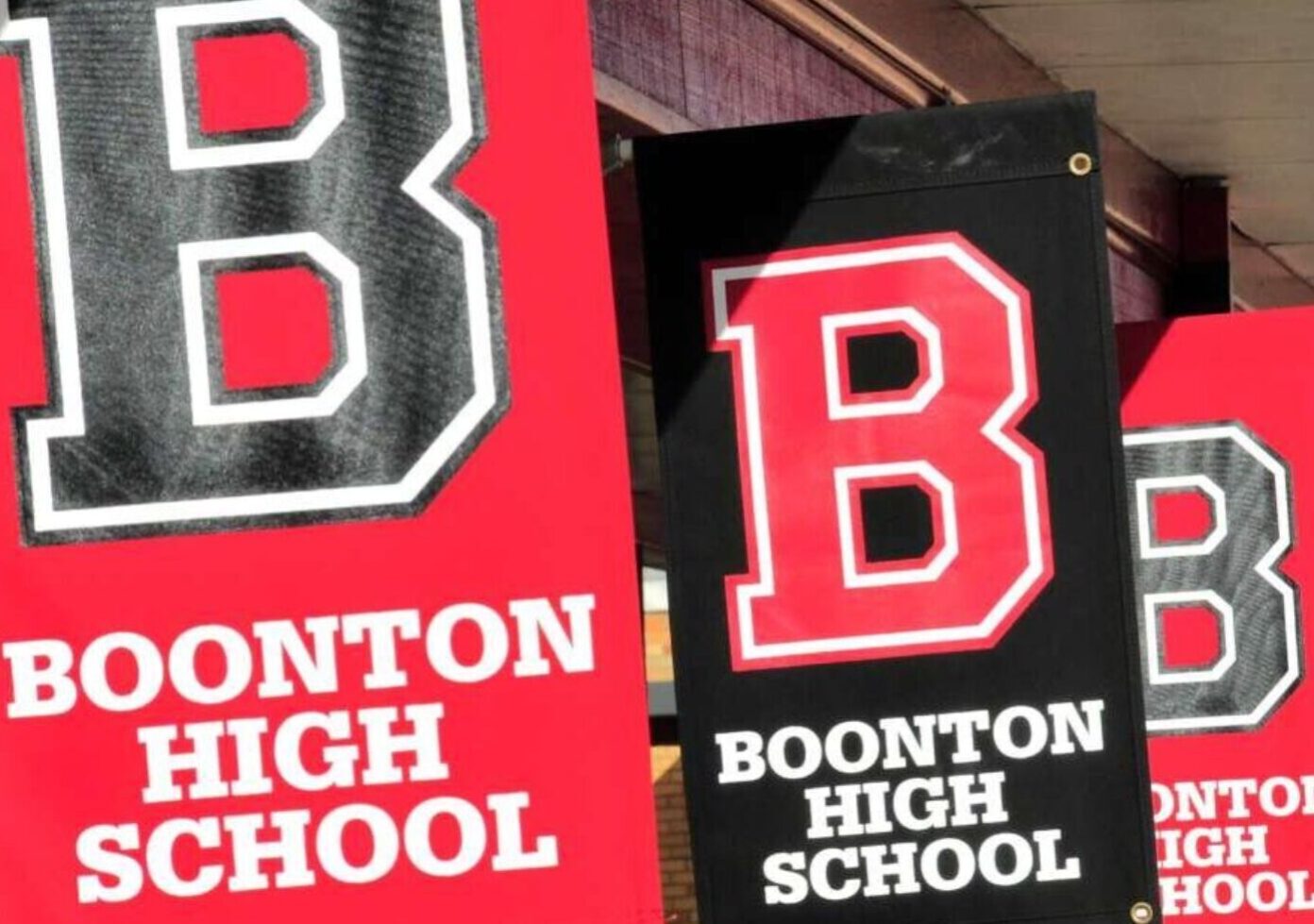
Thanksgiving has been an old tradition long before it became an integral American holiday. The first documented thanksgiving services were conducted by Spaniards and the French all the way back in the 16th century where practices such as expressing gratitude, sharing, and giving away, are important to many indigenous cultures and communities.
The event that Americans commonly call the “First Thanksgiving” was celebrated by the Pilgrims after their first harvest in the New World in October 1621. This feast lasted three days, and—as accounted by attendee Edward Winslow it was attended by 90 Native Americans and 53 Pilgrims. Squanto, a Patuxet Native American who resided with the Wampanoag tribe, taught the Pilgrims how to catch eel and grow corn and served as an interpreter for them.
Thanksgiving, as we know and love today, continued and originated as a harvest festival and it has been celebrated nationally on and off since 1789, with a proclamation by George Washington. Thomas Jefferson chose not to observe the holiday, and its celebration was stopped until Abraham Lincoln made it a federal holiday in 1863, during the American Civil War.
During the second half of the 19th century, Thanksgiving traditions in America varied from region to region. A traditional New England Thanksgiving, for example, consisted of a raffle held on Thanksgiving Eve where contestants would win turkeys or geese, a shooting match on Thanksgiving morning where turkeys and chickens were used as targets, church services, and then the traditional feast, which consisted of some familiar Thanksgiving staples such as turkey and pumpkin pie, and some not-so-familiar dishes like pigeon pie.
At this point the official date of Thanksgiving was unclear. To bring clarity, President Lincoln established the holiday on the next-to-last Thursday in the month. It was celebrated like this until the T.R presidency, with the country still in the midst of The Great Depression, Roosevelt thought an earlier Thanksgiving would give merchants a longer period to sell goods before Christmas. Increasing profits and spending during this period, Roosevelt hoped, would help bring the country out of the Depression. At the time, when people still has class, advertising goods for Christmas before Thanksgiving was considered inappropriate.
Republicans decried the change, calling it an affront to the memory of Lincoln. People began referring to November 30 as the “Republican Thanksgiving” and November 23 as the “Democratic Thanksgiving” or “Franksgiving”. Roosevelt declared the third one as Thanksgiving.
However, in December of that year, the Senate passed an amendment to the resolution that split the difference by requiring that Thanksgiving is observed annually on the fourth Thursday of November. But no matter the amount of changes the sentiment remains the same, a celebration of gratitude and family
